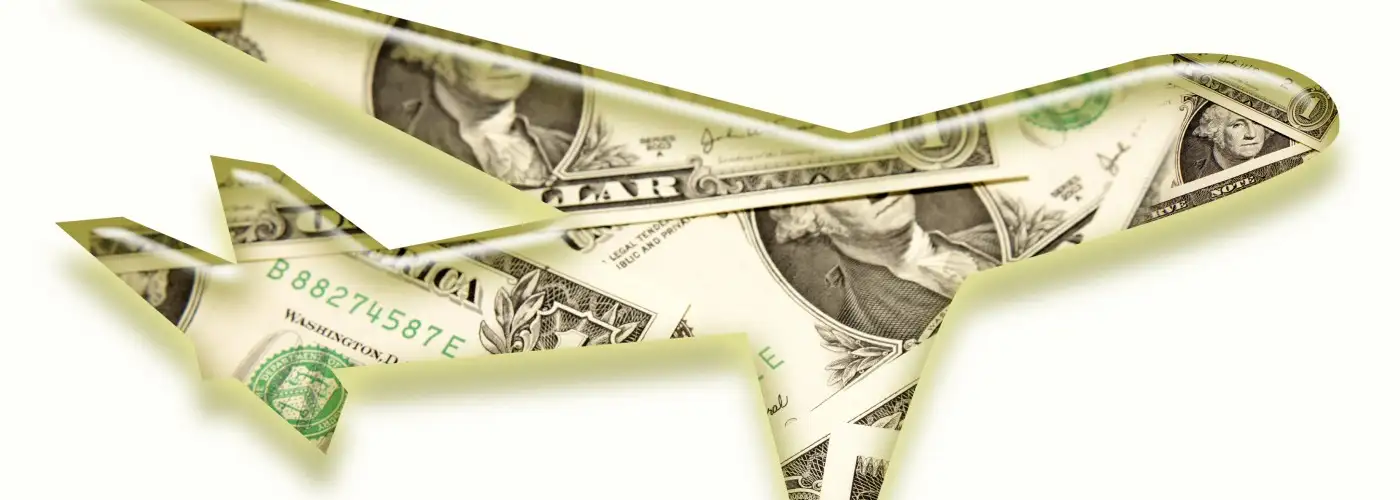For all the wailing and hair-tearing, the effects of the budget sequester on travel thus far have been imperceptible.
The automatic budget cuts took effect on March 1, mandating cost cuts of $85 billion by the end of September, and much more to follow. Jobs will be lost, inevitably. Individual and business spending will be pared back. All segments of the economy will be affected.
But when? And how?
Delta and US Airways think the effects are here, now. Both reported lower-than-anticipated passenger revenue per available seat mile (PRASM) for March, and both are blaming the sequester for the shortfall.
According to Delta:
The reduction from previous guidance is due to lower close-in bookings driven by the sequester, lower than expected demand as a result of our attempt to drive higher yields, and temporary inefficiencies during implementation of new revenue management technology.
Rather than spread the blame, US Airways focused exclusively on the sequestration: “The Company’s March PRASM results are lower than previous guidance due to reduced close-in demand believed to be driven largely by the sequester.”
Southwest’s PRASM was also flat for March, but the company declined to point fingers.
The decrease in “close-in bookings” cited by both Delta and US Airways presumably refers to a softening of demand by business travelers, who traditionally purchase pricey unrestricted walk-up fares. But have Fortune 500 companies already tightened up their corporate travel policies in response to new government budget cuts? That seems highly unlikely.
The other explanation, of course, is that airlines have simply pushed prices as high as they can and still retain the passenger volume required to operate profitably.
Indeed, all three airlines flew fuller planes this March than they did during the same month last year. US Airways’ load factor for the month was 85.6 percent, an all-time record for the carrier.
The demand is there, but also an unwillingness to pay higher airfares. Which needn’t have anything whatsoever to do with sequestration.
The travel experience certainly hasn’t improved during the past year. In fact, with load factors at record levels, travel is arguably more uncomfortable than ever. How is that worth paying more for?
If the airlines want to squeeze more from their customers, they might set aside the blame game and consider a variant of the “You get what you pay for” adage: Give them more before asking them to pay more.
Reader Reality Check
What would you be willing to pay more for?
This article originally appeared on FrequentFlier.com.
We hand-pick everything we recommend and select items through testing and reviews. Some products are sent to us free of charge with no incentive to offer a favorable review. We offer our unbiased opinions and do not accept compensation to review products. All items are in stock and prices are accurate at the time of publication. If you buy something through our links, we may earn a commission.
Related
Top Fares From
Today's Top Travel Deals
Brought to you by ShermansTravel
Kenya: 14-Night Tour, Incl. Tanzania &...
smarTours
 vacation
$7125+
vacation
$7125+
7-Night Caribbean Round-Trip Cruise From Orlando:...
Norwegian Cruise Line
 cruise
$739+
cruise
$739+
Ohio: Daily Car Rentals from Cincinnati
85OFF.com
 Car Rental
$19+
Car Rental
$19+




